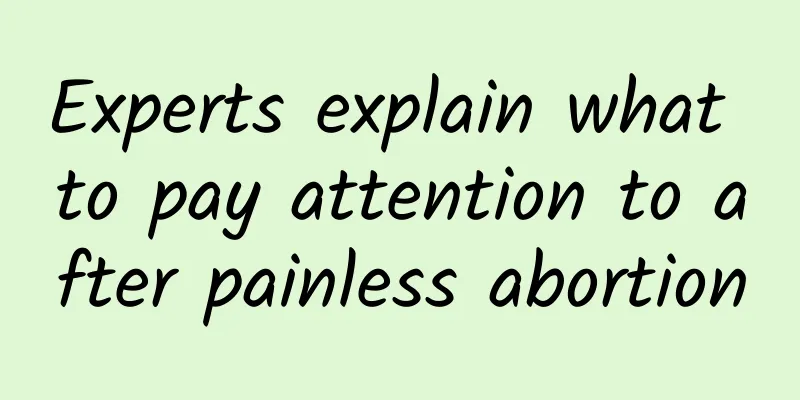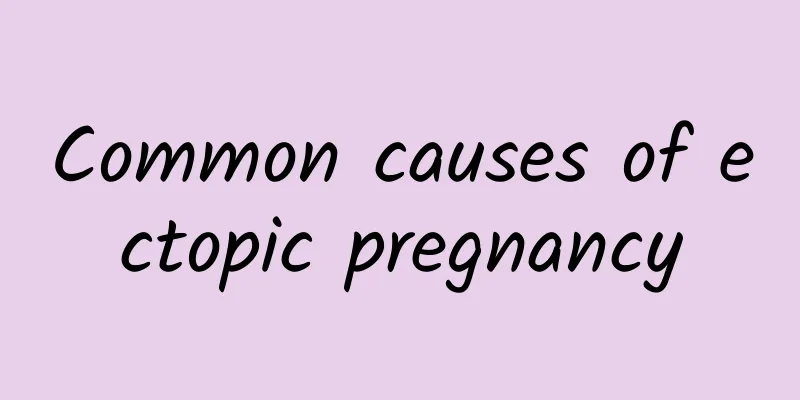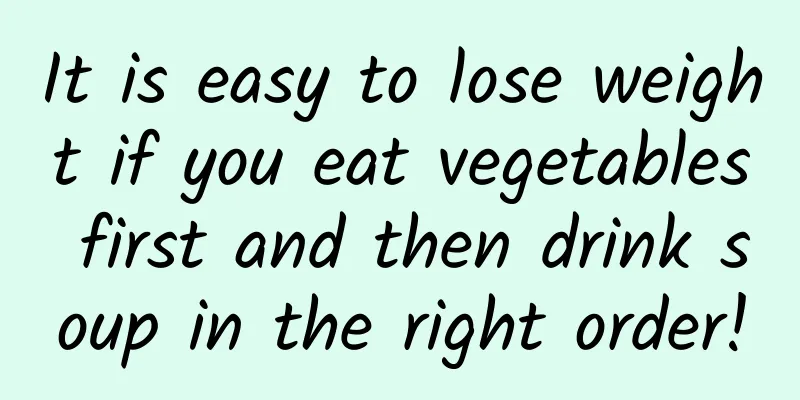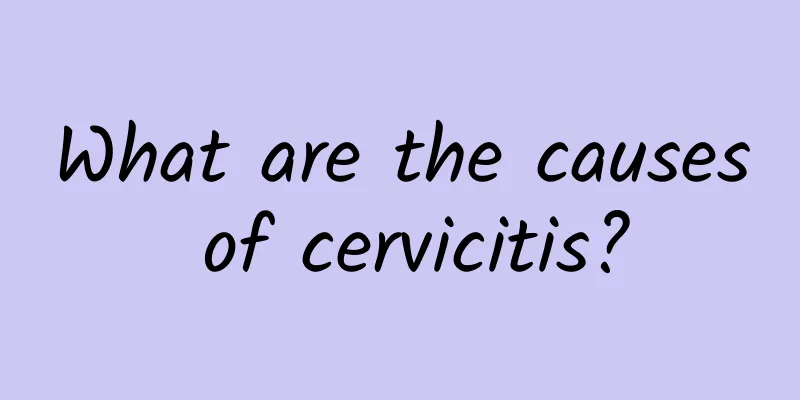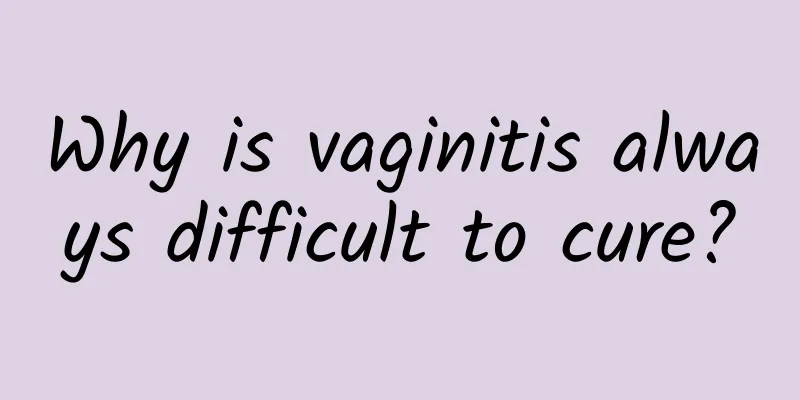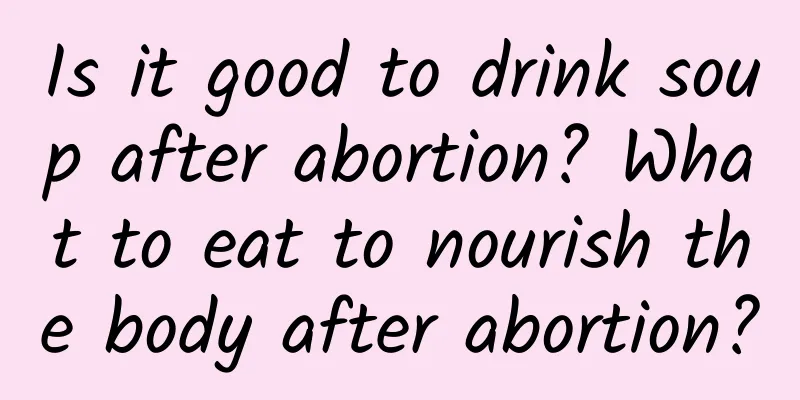Can uterine fibroids eat blood? What should people with anemia eat?
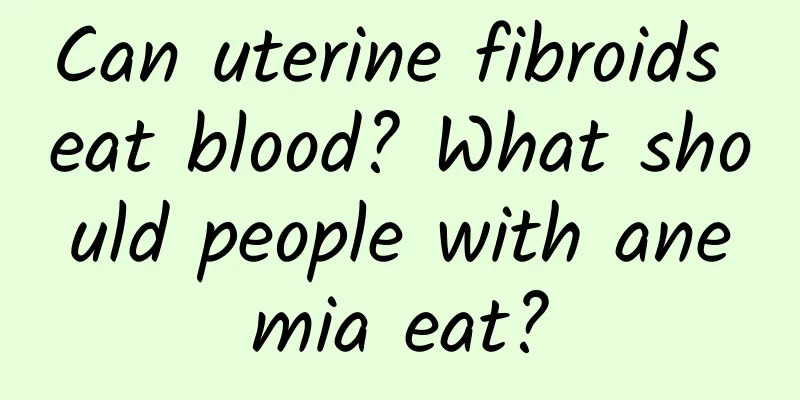
|
Uterine fibroids may cause excessive menstrual flow, and prolonged excessive menstrual flow may cause anemia. Dietary adjustments for anemia include increasing foods rich in iron and vitamin C. Uterine fibroids are a common benign gynecological tumor, but they may cause menstrual disorders, especially excessive menstrual flow, which leads to excessive iron loss in the body and further causes iron deficiency anemia. In response to this situation, patients should make certain adjustments in their diet. 1. Foods rich in iron. Foods such as red meat, chicken and animal liver are good sources of iron. Iron is an important component of hemoglobin and can improve the oxygen-carrying capacity of red blood cells in the blood. Seafood such as fish and shellfish are also rich in iron. Foods rich in iron can effectively relieve fatigue and weakness caused by anemia. 2. Vitamin C promotes iron absorption. Fresh vegetables and fruits, especially citrus fruits, strawberries, tomatoes and red, yellow or green vegetables, are rich in vitamin C, which can promote the absorption of iron in food. Adding such foods to every meal can improve the utilization efficiency of iron. 3. Avoid foods and drinks that interfere with iron absorption. The tannic acid contained in tea and coffee will inhibit iron absorption, so they should usually be consumed 1-2 hours after a meal. High-fiber foods and calcium-rich foods will compete with iron absorption, so they also need to be moderately adjusted. For better health management, if women experience long-term menorrhagia caused by uterine fibroids, they should consult a doctor in time to obtain a suitable treatment plan. In terms of food choices, in addition to supplementing iron and vitamin C, you should also pay attention to a balanced diet. Treatment of anemia may also include a doctor's medication recommendations, which may usually involve iron supplements or other targeted medications. In terms of lifestyle, regular work and rest and moderate exercise can also help improve overall health and immunity. Under the supervision of a doctor, other methods of treating uterine fibroids such as drug therapy, surgery (such as laparoscopic myomectomy, uterine artery embolization), etc. should also be selected according to individual needs to fundamentally solve the problem. |
<<: What to eat after chemotherapy for invasive hydatidiform mole to recover quickly
>>: Can I get pregnant and have a baby with endometriosis?
Recommend
Unknown causes of threatened miscarriage
Bleeding after pregnancy is a topic that has been...
Are you doing the right thing by eating sweet potatoes to lose weight? 3 key Q&A tips for you
Peel off the hot sweet potato, take a bite, and t...
What are the causes of irregular menstruation? Is irregular menstruation related to medication?
Hormone imbalance: Hormone imbalance is the main ...
What are the causes of ectopic pregnancy?
Ectopic pregnancy is generally related to inflamm...
How is endometrial tuberculosis diagnosed?
If you want to know whether you have endometrial ...
Save stress-induced obesity and hypothyroidism! Chinese Medicine Doctor Zhou Zonghan: Soothing the liver, promoting blood circulation and removing blood stasis can help with weight loss
As the weather starts to get warmer, we have foun...
Recognize the symptoms of vaginitis according to its type
In recent years, the incidence of vaginitis has b...
What are the treatments for adnexitis?
Although the treatment of adnexitis is rather tro...
Oil-cutting weight loss pills are popular, be careful with the display, it's easy to confuse
In order to lose weight, many people are accustom...
Did you eat well today? Nutritionist: Remember these 5 tips to avoid eating the wrong oils
Everyone knows that excessive intake of fat in th...
How much does it cost to do uterine fibroid surgery? How to treat uterine fibroids?
Uterine fibroids are a common disease. Many frien...
Treatment of Amenorrhea and Infertility with Traditional Chinese Medicine
Xiao Yang got married right after graduating from...
How to cure ovulation bleeding
Ovulation bleeding is the period of vaginal bleed...
What are the symptoms of pelvic inflammatory disease?
Pelvic inflammatory disease is a gynecological di...
Why does the weight loss effect get worse when doing the same exercise over and over again? Expert Answers
Many fitness experts have a set of exercise menus...
